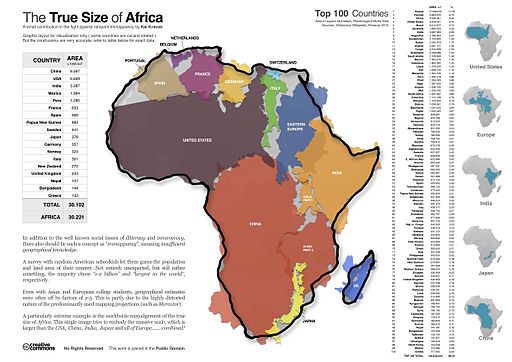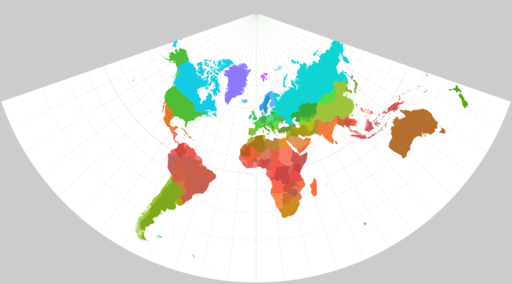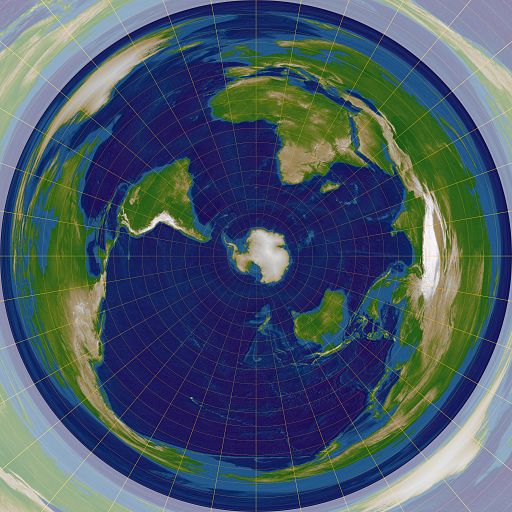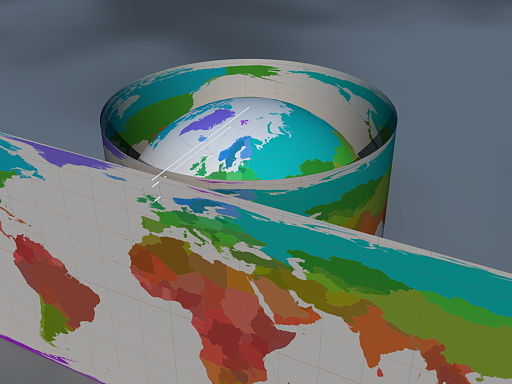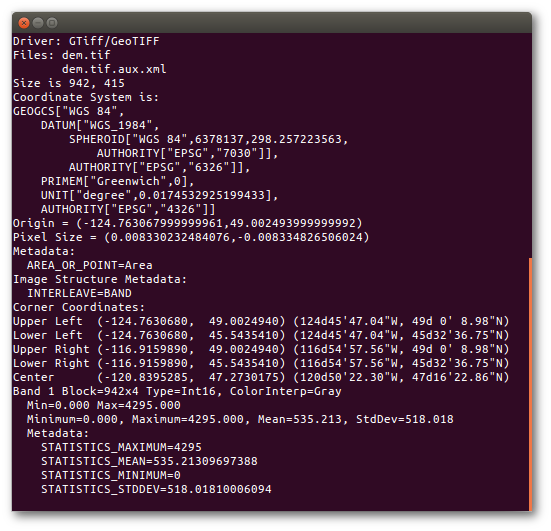Reference Systems
Pre-requisites: Is Spatial Special, Vectors and Rasters
Objectives:
- Understand purpose of using a projection on a map
- Recognize a few projection types
Coordinates
Data becomes spatial when it is assigned a location or coordinates. These coordinates allow us to reliably locate, transform and manipulate the data based on its location. In mathematics, coordinates are commonly represented using X and Y values on a chart.
Spatial data uses X and Y coordinates as well, however the spatial coordinates are related to a place on the earth. The X and Y values in this case often refer to Latitude and Longitude.
Latitude and Longitude
Projections
Projections characterize spatial data by setting coordinate reference systems for each data set.
Each projection is defined on top of a geographic coordinate system or spheroid based off of two ellipsoids, major and minor axes. These geographic coordinates systems deliver the coordinates in degrees and account for the fact that the earth is not a perfect sphere. will convert the 3d spheroid of the earth into a 2-dimensional representation. Each projection type utilitizes a different technique to project the earth's image onto a plane.
Distortion
Since projections attempt to represent the 3-dimensional globe on a 2-dimensional plane, they will all suffer from some level of distortion. It is important to choose a projection which preserves the elements you are interested in studying.
Coordinate Reference Systems
A Coordinate Reference System is built on top of a coordinate system. A coordinate system is a set of mathematical rules for specifying how coordinates are to be assigned to each point, also known as a projection. A coordinate reference system is a coordinate system that is related to the real world by a datum, this can also be known as a geographic coordinate system or spatial reference system.
Projections are another name for projected coordinate systems. These projected coordinate systems compose a family of Coordinate Reference Systems.
Projected coordinate systems are based off of Geodetic Coordinate Systems. These Geodetic coordinate systems are ellipsoidal models aimed at representing the aspherical nature of the earth.
Earth as a Geoid
Although we normally see the earth represented as a sphere, its shape is actually more irregular. The earth has an equatorial bulge and various other undulations due to tectonics, volcanics and the earth’s rotation.
The changes in the surface mass are the subject matter of Geodesy. Geodesists use differences in the vertical direction of gravity along with crustal, tidal, and polar motion to determine exact measurements of the Geoid. Geometric computations can become unwieldy processes due to the complicated nature of the Geoid surface. In order approximate the geoid while making geometric calculation feasible, reference ellipsoids were calculated.
Reference Ellipsoid
Reference ellipsoids have evolved over the years, moving from regional approximations to more precise global systems.
Regional ellipsoids like the North American Datum of 1927 which minimized distortion for the contiguous United States at the expense of more distant regions.
The modern reference ellipsoid, WGS 84 was developed using satellite measurements and past Geodetic System parameters, and has been the reference ellipsoid used by the Global Positioning System.
Most modern projections will use WGS 84 as the underlying reference ellipsoid, but it is important to check that your projection is defined correctly if you are dealing with old datasets.
Central Meridian
Greenwich is the standard central meridian used in global projections. This point is given the value of 0° Longitude and serves as the origin the Global Positioning System. This delineation also leaves decides the use of Greenwich Mean Time as the standard time.
The Greenwich meridian has a monument dedicated to it in several cities.
Projection Properties
Conformal
Also known as fidelity of shape, these projections preserve shape. This means that scale distortion must be the same in all directions and each parallel must cross every meridian at right angles. These projections are important for navigational and large-scale mapping[^1] Examples include Mercator, and Lambert Conformal Conic.
Equal Area
Preserves the area relationships between regions. This maintain the proper ratio of area between regions. An example of this is the Mollweide projection. These projections are useful for statistical comparisons.
Equidistant
Preserves the proportional distances between any two points from their spherical distances.
Geometric Projection Types
Conic
Conic projections are created by projecting part of a sphere onto a cone. Conic projections tend to be useful for representing data in temperate climates due to their location. Conicn projections are not useful for representing global phenomena due to their construction.
Azimuthal
Azimuthal projections are created by flattening a side of the sphere from a reference point. Azimuthal projections are useful for mapping polar data.
Cylindrical
Cylindrical projections are created by projection a sphere onto a cylinder. Cylindrical projections suffer the least distortion along the line that it intersects the sphere, which is often around the Equator. This makes cylindrical projections useful for mapping tropical data. Examples include Mercator and Universal Transverse Mercator.
Polyhedral
Polyhedral projections, also known as interrupted projections seek to minimize global distortion by tearing the sphere at specific areas. A common method for creating polyhedral projections is to coerce the sphere into a 3-dimensional geometric object such as a cube which is the then unraveled. Some examples include Dymaxion and Waterman’s butterfly.
Checking the projection
It is important to check the projection of your data to make sure they share the same projection prior to performing any spatial analysis.
SpatialReference.org is an extremely useful resource that houses definitions for all official projections in a variety of formats. This is a great place to find proj4 strings.
Since there are a few thousand different projections, with their own area of interest, it is likely that you will come upon datasets with different projection in your project. The easiest way to resolve projection disputes is to decide on the projection for your project before gathering data and save the proj4 string assigned to the projection. This string will allow you to project your datasets to the proper coordinate reference system.
EPSG:4326 (WGS84) |
+proj=longlat +ellps=WGS84 +datum=WGS84 +no_defs |
Custom proj4 |
+proj=lcc +lat_1=45.89893890000052 +lat_2=47.69601440000037 +lat_0=46.8 +lon_0=2.33722917 +x_0=600000 +y_0=200000 +a=6378249.145 +b=6356514.96582849 +pm=2.337229167 +units=m +no_defs |
NOTE: When reprojecting a raster, you should also resample your raster to ensure that the cells have the same width and height. The cells will distort in the new projection and most GIS software will refuse to read a raster with irregular cells.
[^1] http://www.progonos.com



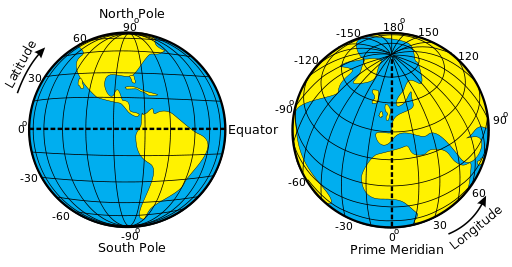

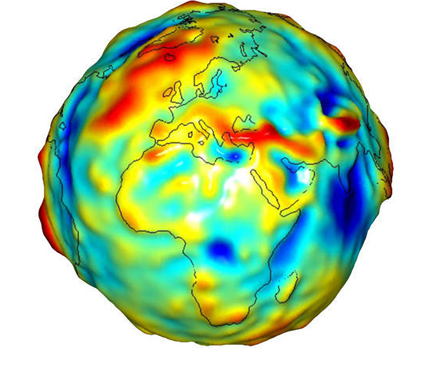
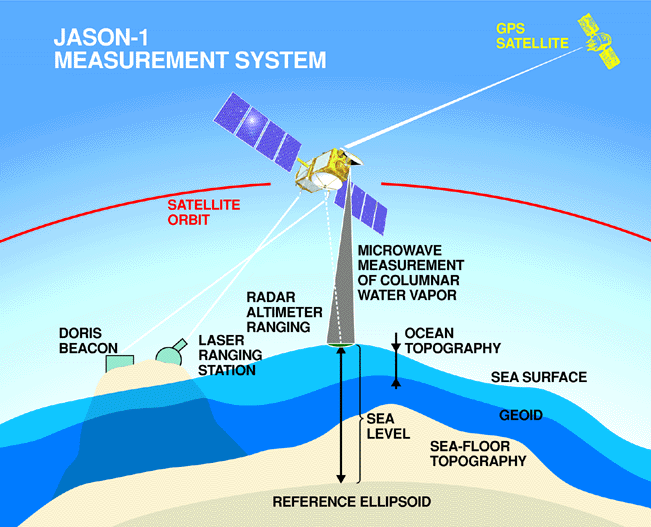
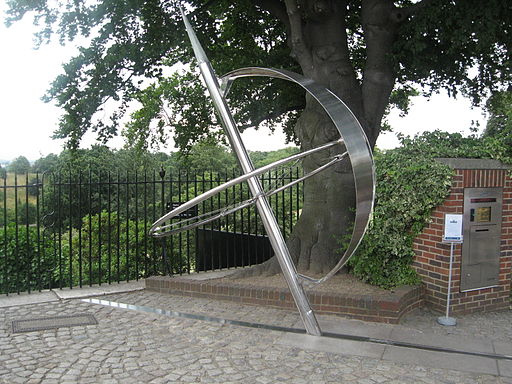
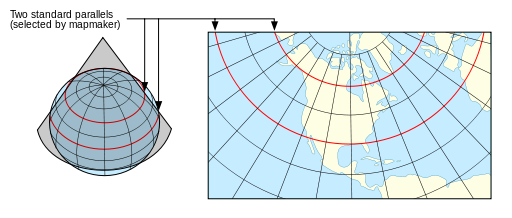 /a>
/a>